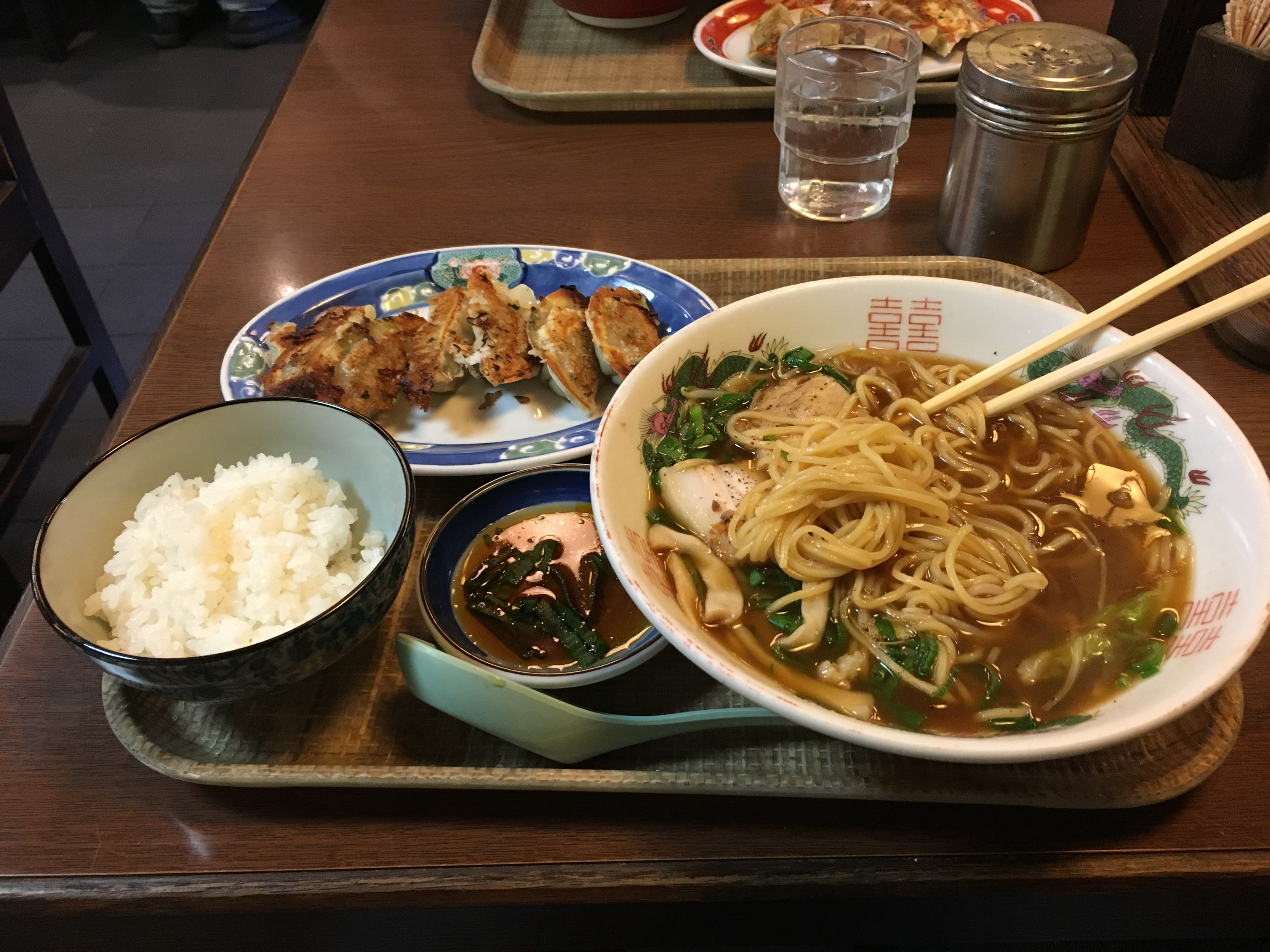Hiroshima Castle
After visiting Hiroshima Peace
Memorial Park, it was only a 15min walk to our next stop, Hiroshima Castle (Hiroshimajō). The castle can also be reached
direct from Hiroshima Station via the tram, with the tram stop only being
10mins walk from the castle entrance. Also, the castle is served by the
Hiroshima Sightseeing Loop bus and takes 6 minutes from Hiroshima Station.
On the way to the castle, we first had to walk
through Hiroshima’s
Central Park, which is a large green space surrounded in trees, which looked
beautiful in the autumn colours. INSERT PICTURE
- Hiroshima’s Central Park.
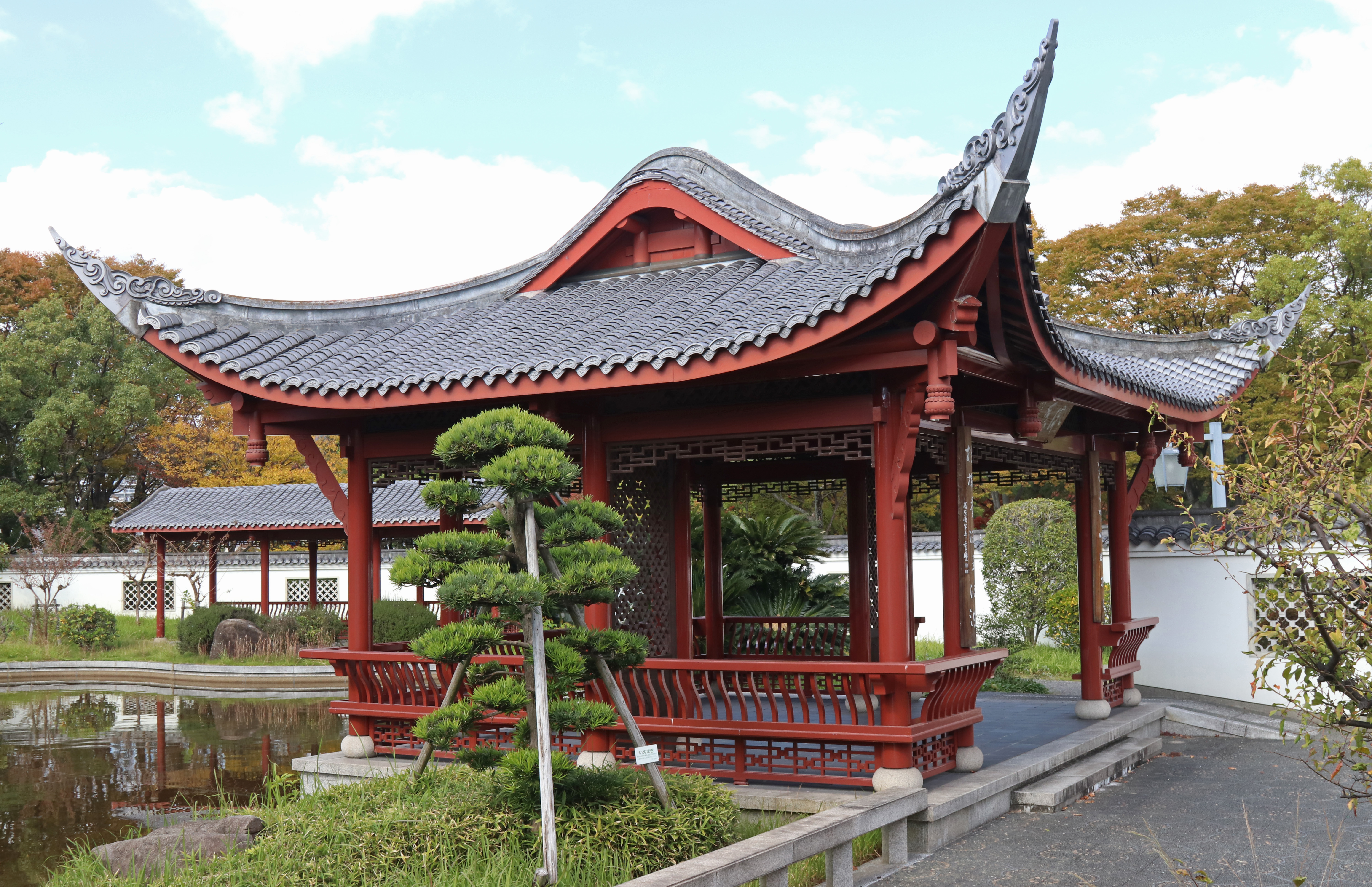
The Garden is a walled garden with key-hole
style gates, courtyards and sloping tile-roofed gazebos and pavilions set
around a central pond, it also known for its beautiful Chinese plum and cherry blossoms in
spring.

From
the park we crossed the main road and saw our first glimpse of Hiroshima Castle…it
was certainly an impressive site to see, with the Castle being surrounded by defensive
walls and situated at one end of its moat, it almost seemed to rise up from the
trees that surrounded it!

We
walked through the castle’s car park and through a small public garden. When we
visited, we were fortunate enough to have been there when a stunning flower
display event was taking place…there were long marques full of show Chrysanthemums
on display. Being that it was the end of October when we visited, it was a bit
strange to see Chrysanthemums in full flower, as back here in the UK they would
have been finished! Chrysanthemums or Kiku in Japanese and are very popular in
Japan, as yellow and golden Chrysanthemums are the symbol of Japan’s Imperial
family.
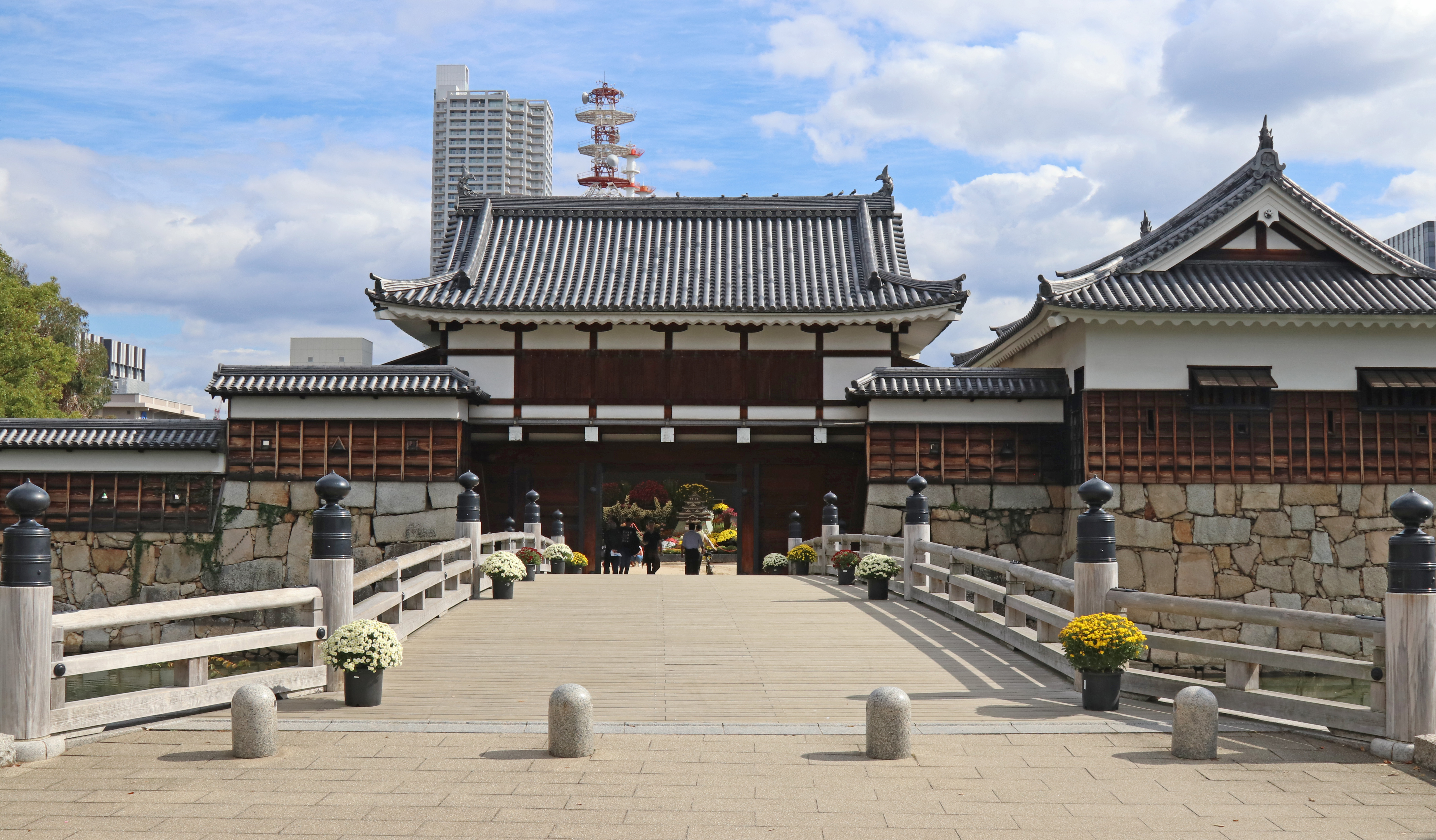
Once
over the bridge and though the gate led us to what we can only explain as a
little island within the moat which was called the Second Compound and had
turret buildings situated on it. In the centre there was a stunning flower
display on a Hiroshima Castle and Koi theme! There were many different kinds of
Chrysanthemums on display, with some being trained on wire mess frames, which
were very impressive!
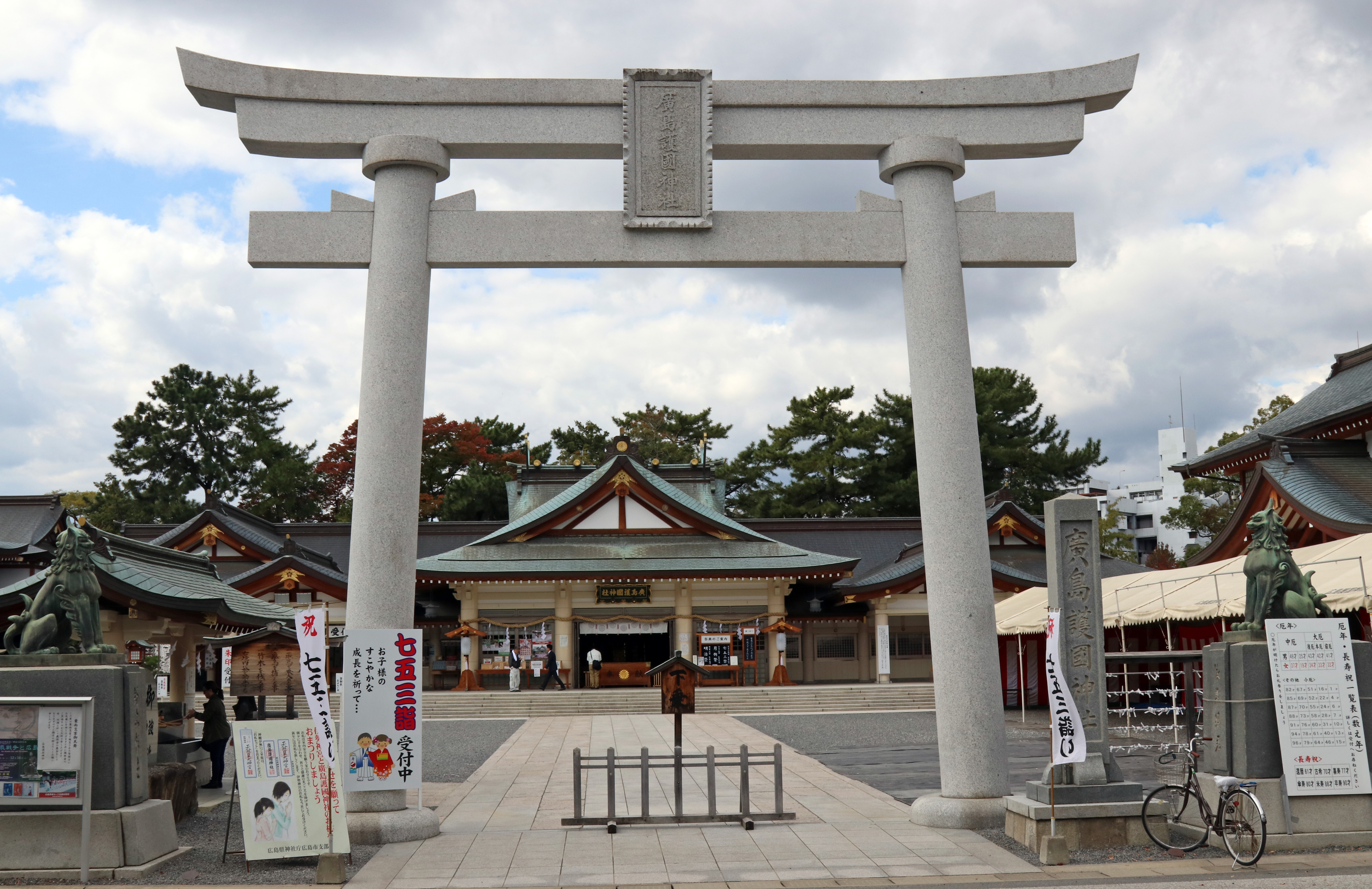
Infront
of the shrine there is a very nice torii gate and wide straight path leading to
the shrine within a courtyard, where there are some Niwaki trees and statues of
koi.
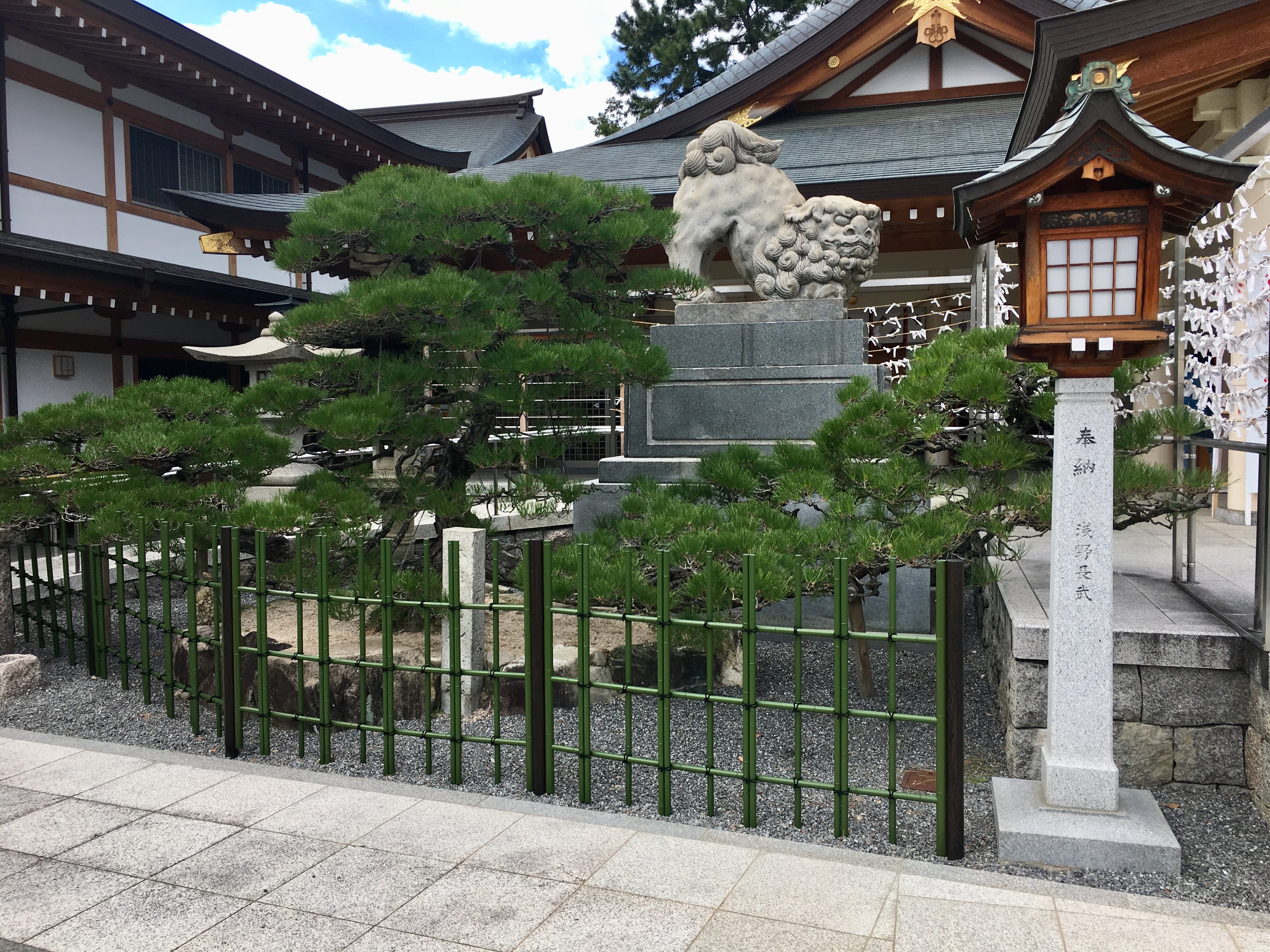
We
then walked up to the Upper part of the Main Compound, within the grounds here
there were ruins of Hiroshima’s old Imperial Military Headquarters. The
Headquarters were building in 1894 with the building later being preserved as a
historical monument, but unfortunately it was destroyed by the bomb, with only
the foundations remaining. From there we walked through the grounds up to
Hiroshima Castle itself.
The
castle is an attractive dark in colour, with its main keep being five stories
high. Japanese castles are vastly different compared to what our stone castles
look like here in the UK, as they are normally built out of wood with stone
foundations. The castle was originally
built in 1589 by the powerful feudal lord, Mori Termoto of which the castle became
an important seat of power in western Japan. Hiroshima grew into a castle town,
whereby the castle was both the physical and economical centre of the city.
Much of the castle was dismantled during the Meiji Restoration. The Meiji Restoration was a period of great
change in Japan which started in 1868. The emperor took back full rule of the
country, the National army was created, and the wearing of a Samurai sword was
banned by the government. The Samurai rebelled and fought against the new Meiji
government, but the new governments army now trained in new western style and
technology won within a year. During this period many of the castles in Japan
were dismantled or destroyed.
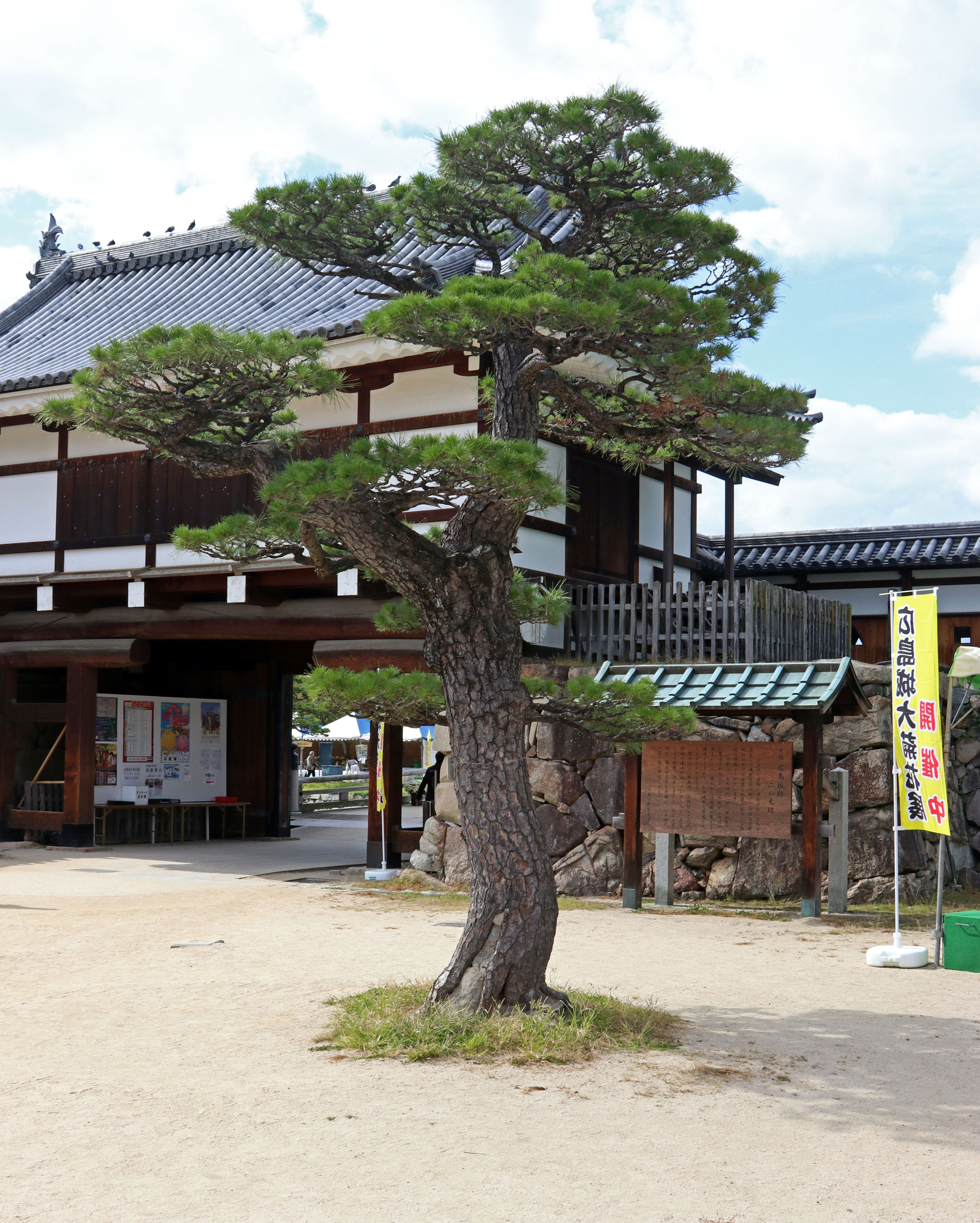
We
certainly really enjoyed our time walking around the castle grounds, especially
with being able to witness the fantastic flower displays as well! From the
castle we then headed off to Shukkeien Garden, which is only an 8 minute walk
from the castle…but this particular day we had not bought our lunch in the
morning as we usually do, but instead after some prior research, we decided to
stop off on the way for some very nice Ramen at a lovely traditional looking
Ramen restaurant, where we were greeted by fantastic hospitality, as is the
case in every Japanese restaurant!
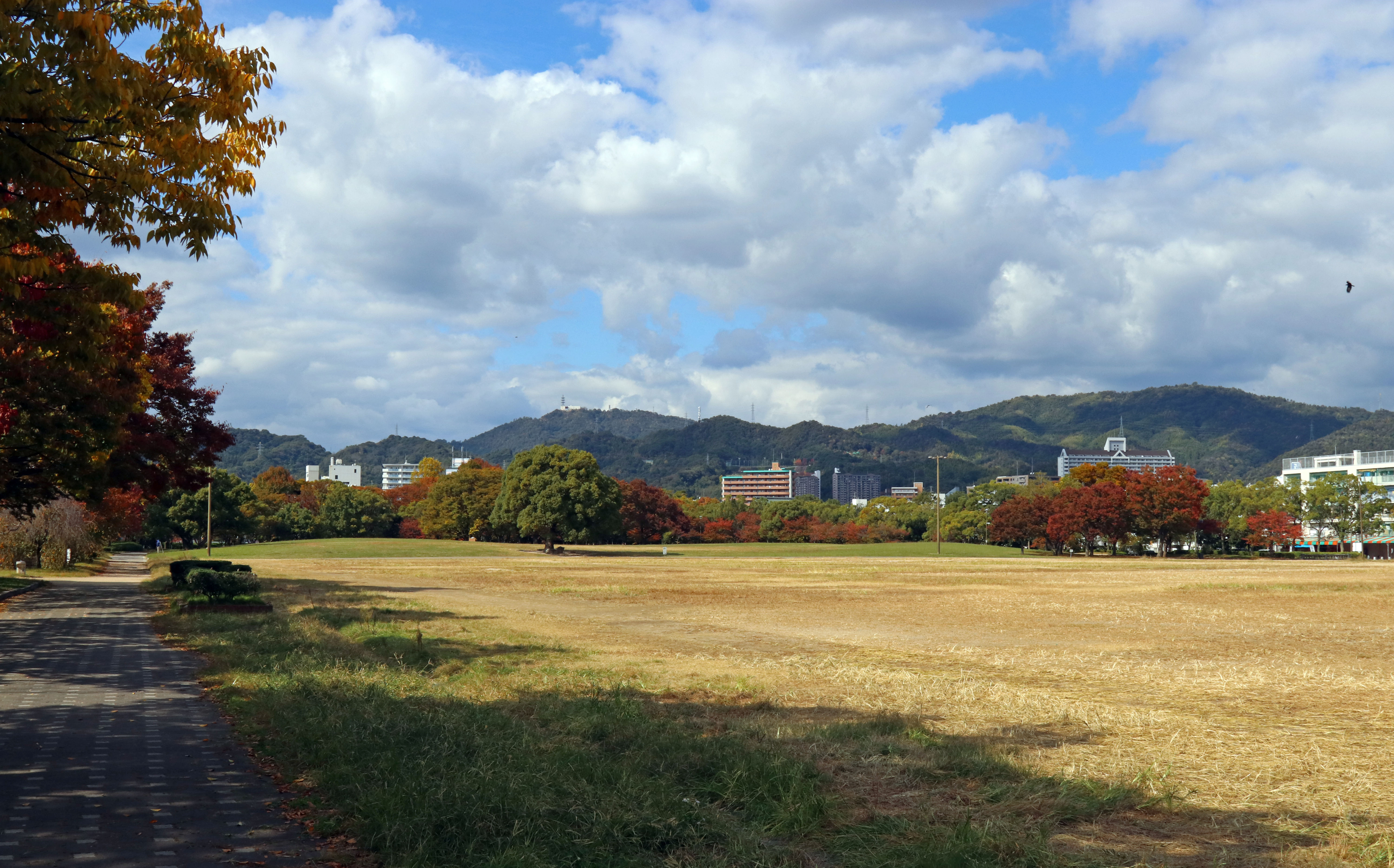
When we entered the park from the south east entrance, we came across a lovely small garden, called Yuka-en. The garden was on a Chinese theme and was constructed in 1992 to celebrate five years of official friendship between Hiroshima City and the city of Chongqing in Sichuan Province, China. A Japanese garden was also laid out in Chongqing, while Yuka-en was constructed with the help of Chinese gardeners in Hiroshima.
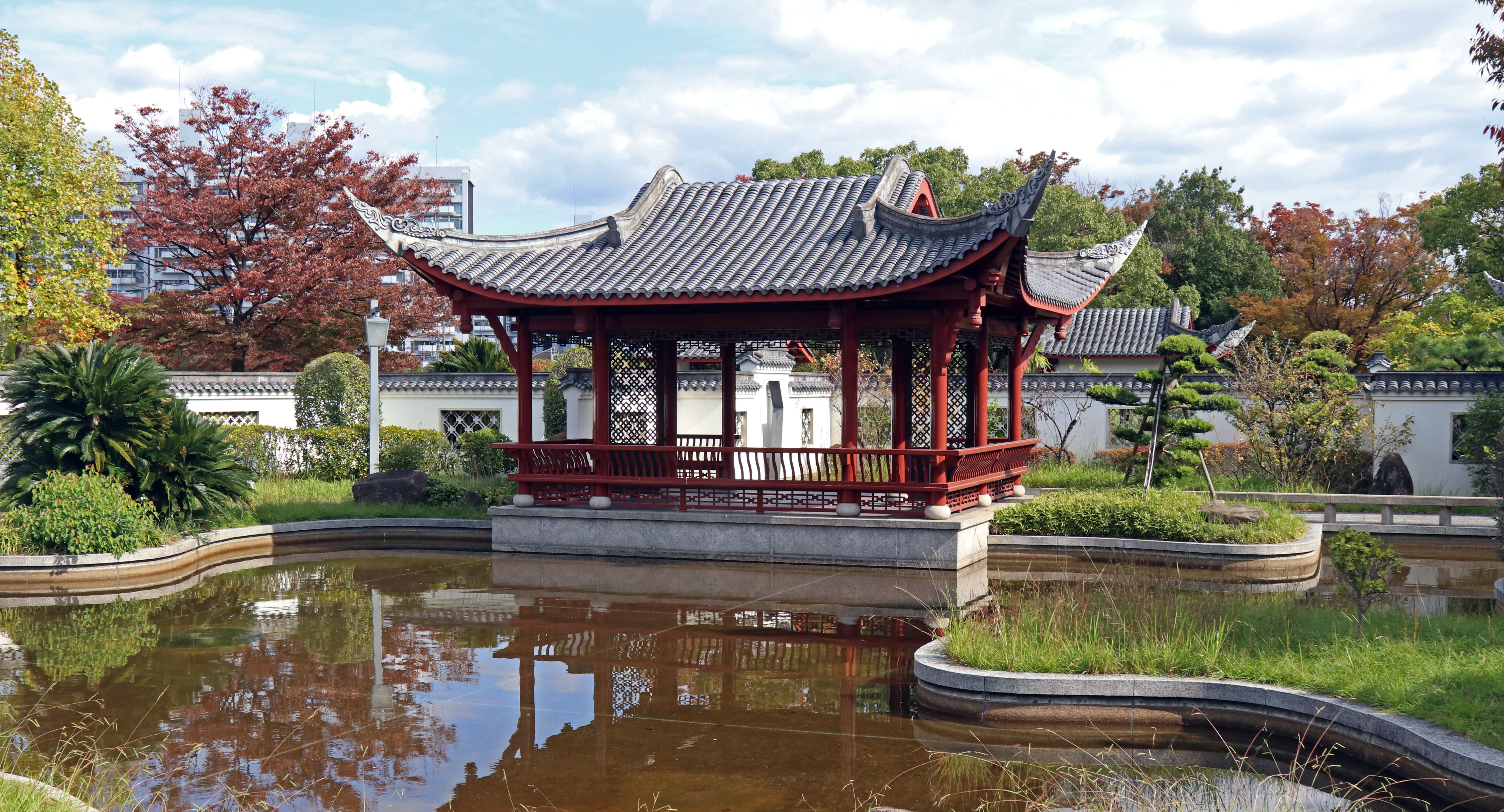
From
the Yuka-en garden, we then walked through the park to the eastern end, we also
came across a really nice carp water feature…I guess it was more impressive for
us than most, being as we are koi keepers!

Hiroshima
castle was originally constructed in 1589 and is also known as the Carp Castle!
This was evident by the many carp and koi swimming in the moat that surrounds
the castle. The castle was built on flat area in the centre of the city, (as
most castles are usually positioned on a hilltop or mountaintop), making it an
excellent example of this type of castle.
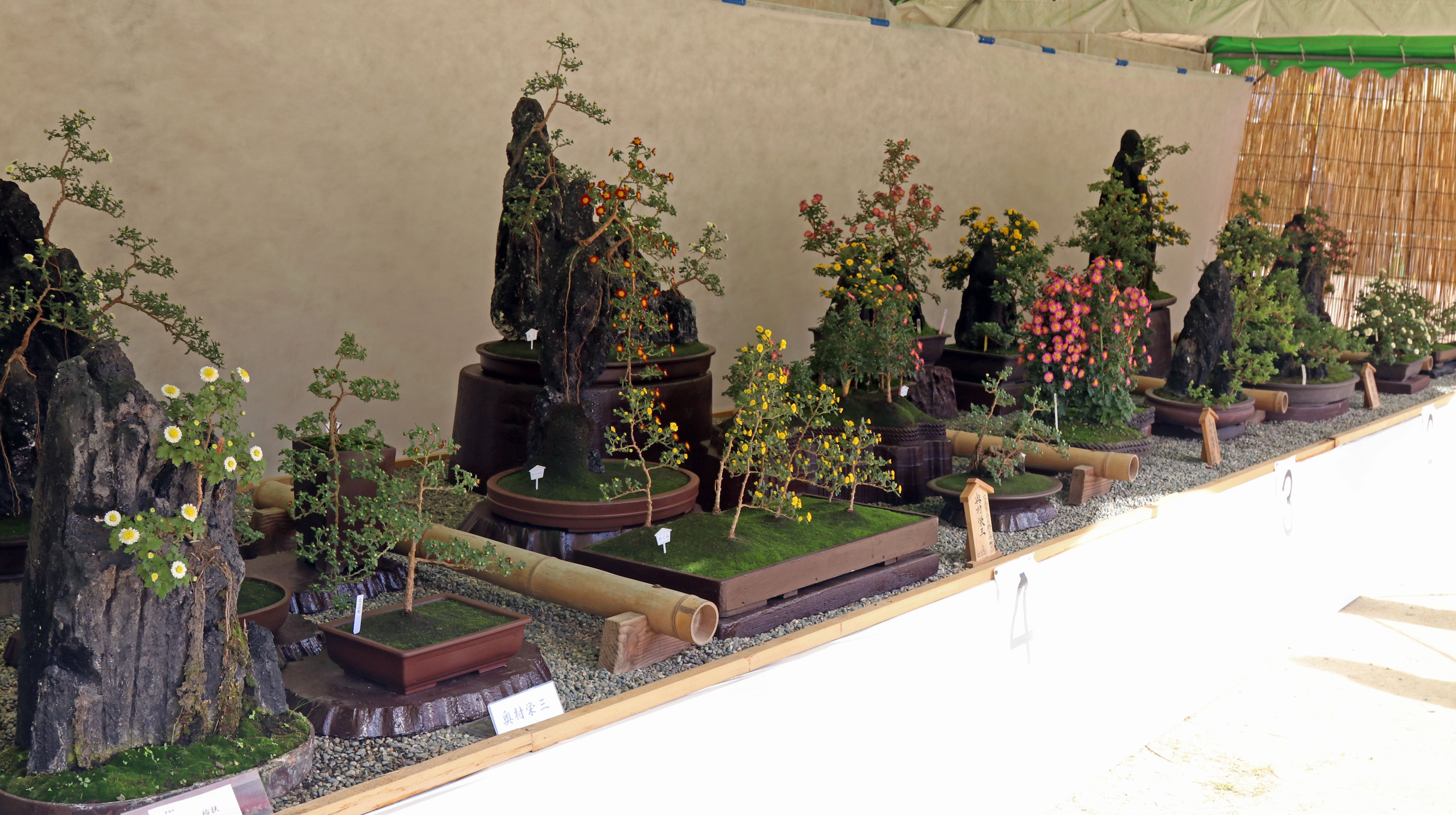
Once
we had viewed the display and walked through the park, we reached the gate
bridge to the castle, which was also lined with small potted Chrysanthemums…looking
across the bridge and through the impressive main gate, another curious flower
display could be seen! I
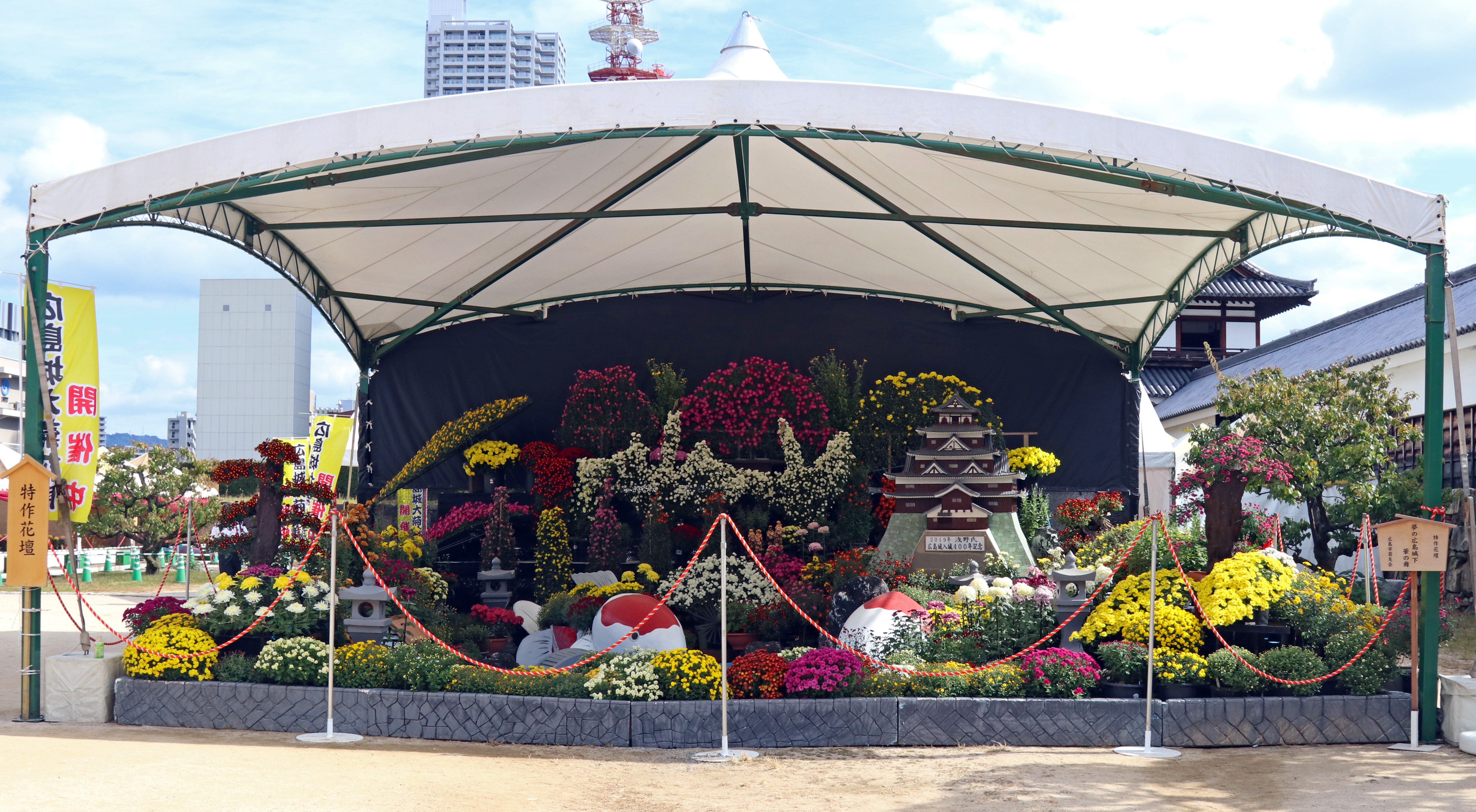
From
there we then crossed another bridge to the Hiroshima Castles grounds which are
quite large, with many trees and surrounded by a moat. The path from the bridge
climbed up and led to a small car park and grassed area, which was the Lower
part of the Main Compound, where in the corner there was a large traditional
style building which was a Shinto Shrine called Hiroshima Gokoku-jinja.
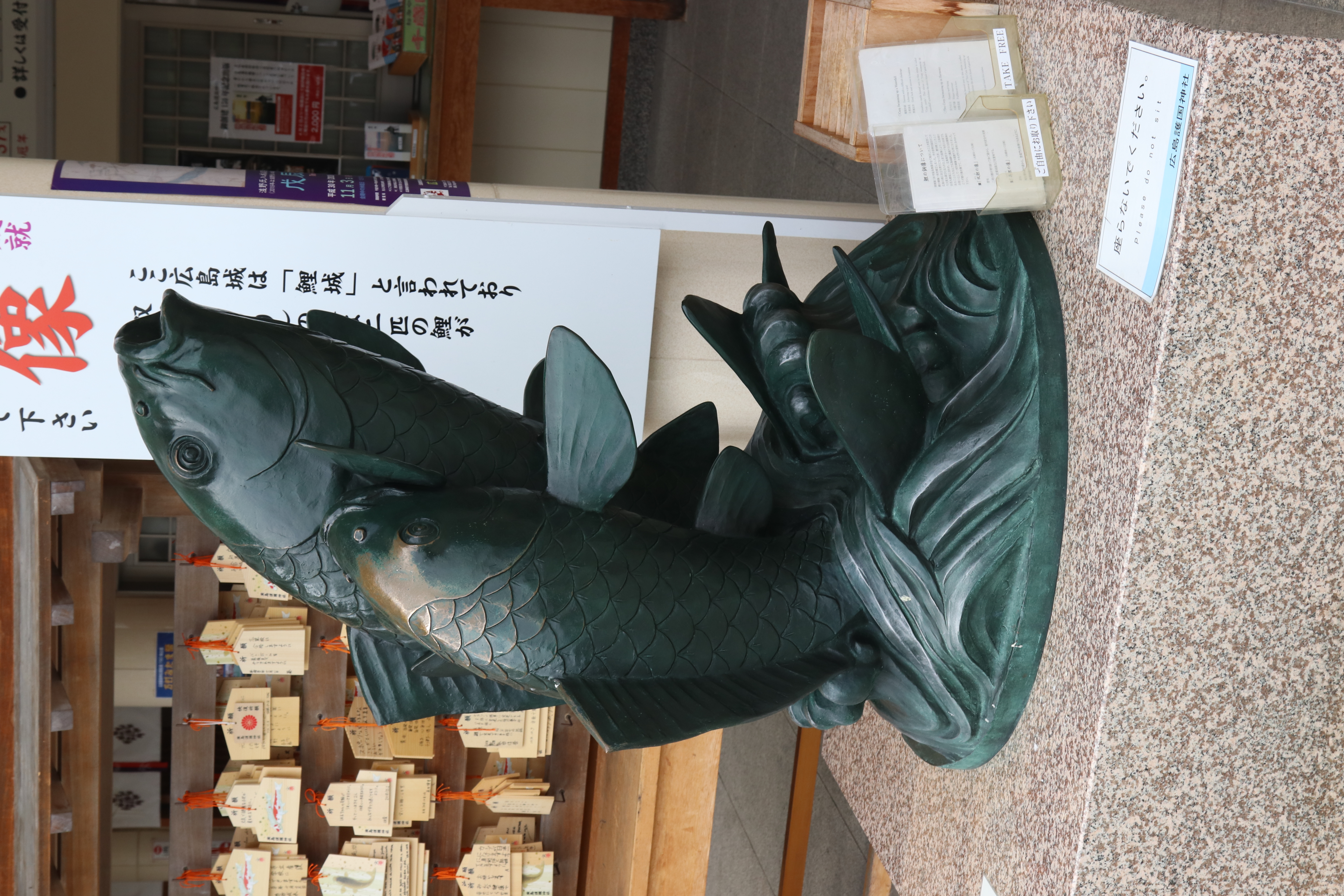
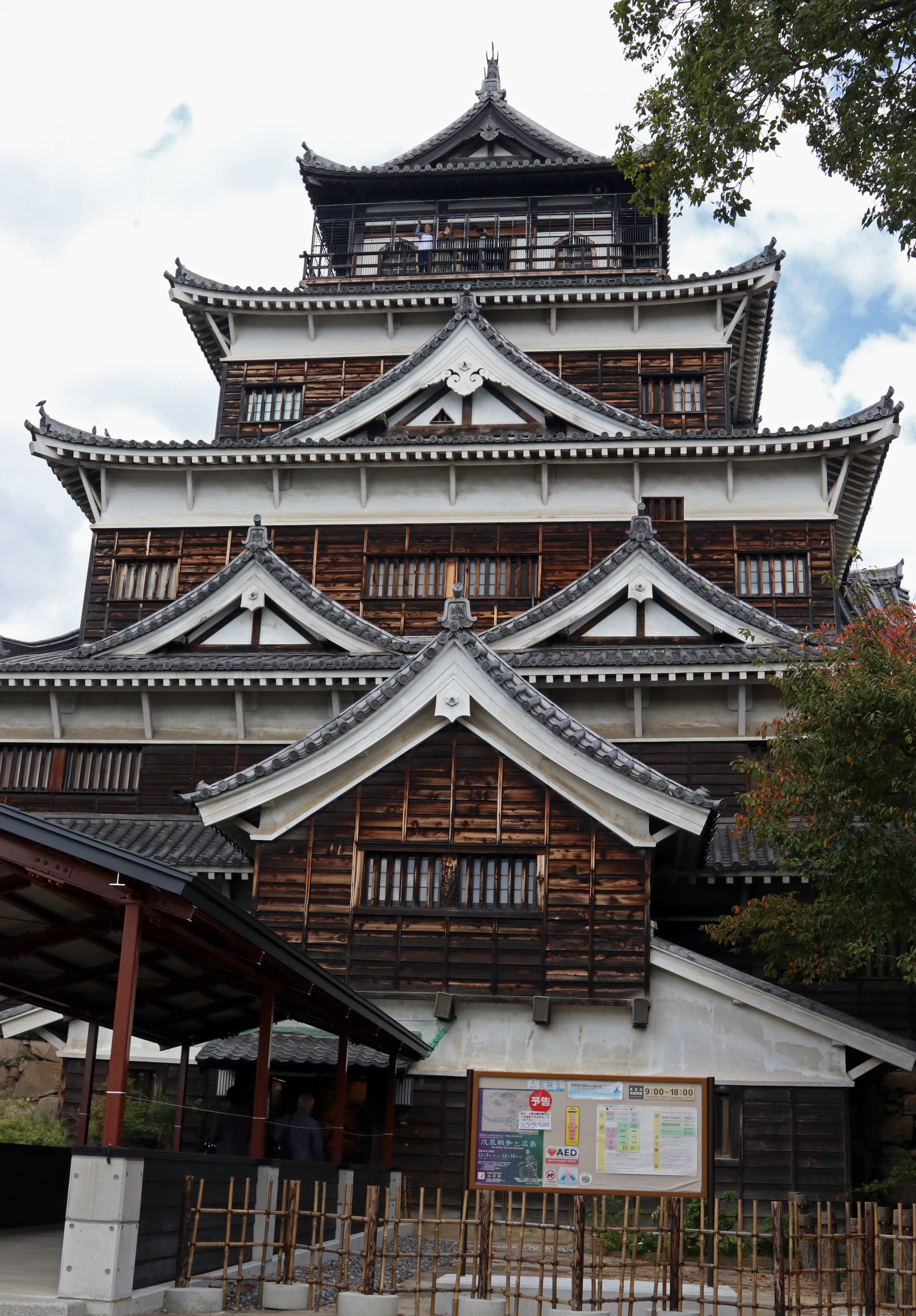
But
while Hiroshima Castle was spared demolishment that many of the castles met
during the Meiji restoration, the castle was later destroyed by the atomic
bomb. 13 years later the main keep was rebuilt in a type of concrete with an
attractive wooden exterior. Inside the
keep is now an informative museum on the castle’s history and Japanese castles
in general, it’s only 370yen (£2.60) admission fee to enter the keep. Later and
more recent the castles second defence circle were reconstructed using
traditional building methods and materials, which is included the castles main
gate and two turrets joined together.
